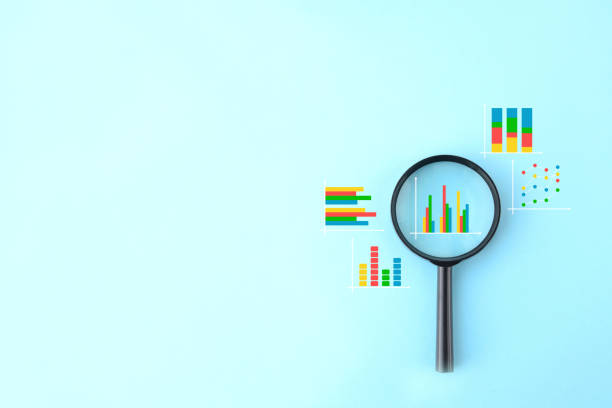Assessing source credibility in public policy research
Evaluating the credibility of sources is essential when researching public policy. Reliable evidence underpins sound policy analysis, legislation review, regulatory compliance, and governance decisions. This article outlines practical criteria and methods for assessing provenance, datasets, jurisdictional relevance, impact evaluation, and the role of analytics, automation, and visualization in improving source reliability.

How do I evaluate policy and legislation sources?
Start by identifying the origin of a document: is it primary legislation, an official regulatory guidance, an agency report, or secondary analysis from a think tank or academic journal? Primary sources such as enacted laws, statutes, and agency regulations generally carry higher weight for legal interpretation, while peer-reviewed research supports evidence-based policy arguments. Check authorship, institutional affiliation, publication date, and whether the document cites its own sources. Look for transparency about methodology and limitations, and verify whether subsequent amendments, repeals, or regulatory updates affect the material’s current relevance.
What should I check about provenance and jurisdiction?
Provenance covers who produced the information and under what context; jurisdiction defines the legal and geographic scope. Confirm whether a source applies to the country, state, or international framework you are studying. A regulatory guidance from one jurisdiction may be irrelevant in another. Verify institutional credibility—government portals, official parliamentary records, and recognized intergovernmental organizations usually provide authoritative provenance. Track version histories, publication metadata, and whether data were produced in response to a specific legislative process or judicial decision to understand applicability and bias.
How do I assess datasets and monitoring information?
Assess datasets for sample design, collection methods, temporal coverage, and completeness. Prefer sources that disclose methodology, sampling frames, and data dictionaries. For monitoring and compliance datasets, check if data were independently audited, whether they include appropriate metadata, and if access controls or redactions could bias results. Cross-validate with alternate datasets when possible. When using alerts or monitoring feeds, confirm their update frequency and retention policies, and be mindful of headline-driven data that can distort trend interpretation if not normalized for underlying population changes.
How can analytics, automation, and visualization aid credibility checks?
Analytics help detect anomalies, trends, and inconsistencies within datasets; automation supports reproducible retrieval and transformation; visualization clarifies patterns and outliers. Use reproducible scripts and documented workflows so analyses can be audited. Visualizations should include scales, sample sizes, and uncertainty bounds; avoid misleading axes or selective time windows. Automation can ensure consistent monitoring of legislation or compliance alerts, but validate automated outputs against manual checks periodically. Together, these tools increase transparency and facilitate peer review when properly documented.
How do impact and evaluation methods influence source trustworthiness?
Credible impact assessment relies on clear causal inference methods, such as randomized designs when feasible or robust quasi-experimental techniques otherwise. Look for pre-registered protocols, explicit outcome measures, and sensitivity analyses. Evaluations that triangulate quantitative results with qualitative evidence—interviews, case studies, or stakeholder consultations—tend to offer richer insight into governance and compliance outcomes. Be cautious with self-reported impacts from interested parties; independent evaluators and third-party replication strengthen confidence in findings.
What role do alerts, monitoring, and compliance mechanisms play in ongoing credibility?
Sustained credibility depends on ongoing monitoring and timely alerts about legal or regulatory changes. Effective systems provide provenance metadata, changelogs, and audit trails for compliance records. Alerts should be configurable by jurisdiction and subject area to avoid irrelevant noise. Compliance mechanisms that publish enforcement actions, inspection reports, and adjudication outcomes enable verification of implementation claims. When relying on third-party monitoring services, review their data sources and methodologies to ensure they align with your evaluative standards.
Conclusion
Assessing source credibility in public policy research requires attention to provenance, jurisdictional relevance, dataset quality, methodological transparency, and the supporting role of analytics and visualization. Combining rigorous source checks with reproducible analytics and cautious interpretation of impact evaluations improves the reliability of policy analysis and supports better informed governance and compliance decisions.





